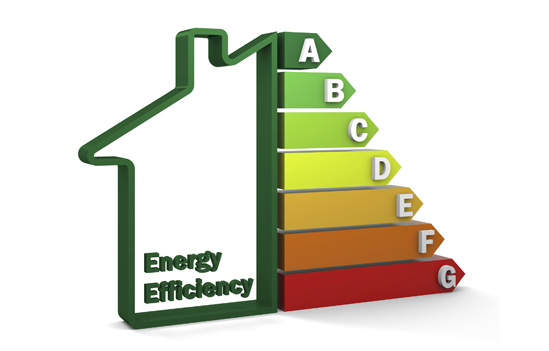Double-glazing is a fantastic way to make your home more appealing with a great new look. Whether you’re looking to add value to your home with some additional kerb-appeal, or you just want to give it a facelift for you to enjoy for years to come, windows are the clear first choice. New windows and doors are also a great way to make your home more energy efficient, thereby reducing your carbon footprint and your energy bills.
In this short guide to energy efficient windows, we’ll look at what makes double-glazing so energy efficient and what you should be looking for when replacing your windows and doors.
How energy efficient windows are rated
There are three factors considered when rating the energy efficiency of windows:
Solar heat gain: The amount of heat transferred to and retained within your home from the sun’s rays
Air loss: The amount of heat lost from your home through air escaping between gaps in the window frame
Thermal loss: The amount of heat transferred from within your home to the outside through conduction.
Based on these criteria, windows are rated according to ratings provided by the British Fenestration Ratings Council (BFRC) to provide you with an at-a-glance view of the energy performance of your windows. All windows are rated from A++ to E with A++ providing the best energy performance available.
How Energy Efficient Windows Work
The most energy efficient windows are developed through advanced manufacturing techniques to maximise the above criteria in the following ways:
Solar heat gain
A microscopic reflective layer in the inside pane of glass allows the sunlight and its heat to enter your home, while reflecting the heat back inside, thereby maximising the amount of heat gained from sunlight.
Air loss
Seals between the glass and frame, combined with effective opening mechanisms of the window minimise gaps, thereby dramatically reducing air loss.
Thermal loss
Adding a second or third pane of glass creates additional material for the heat to pass through before it gets outside, leading to it taking longer to cool the air inside your home. In addition, the air or gas-filled cavity is warmed by the by the air in your home, creating an additional layer of insulation.
Energy efficient window frames are also manufactured with cavities inside to create a layer of thermal insulation within the frame itself.
Energy efficient windows can help you to reduce your carbon footprint as well as your heating bills, while also giving the appearance of your home a welcome lift. If you’re interested in upgrading to energy efficient windows, speak to Matthew Oliver Windows today. Click here to obtain your free quote.

